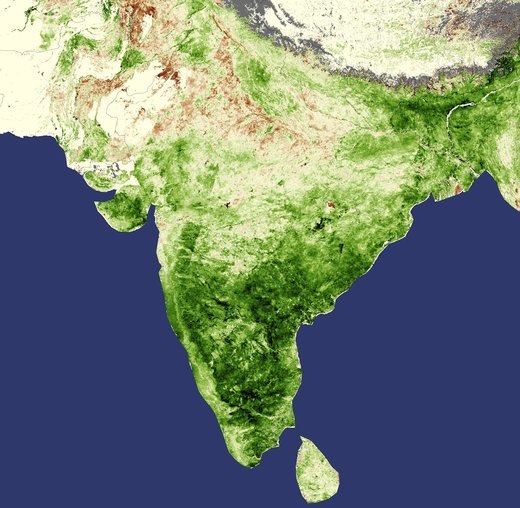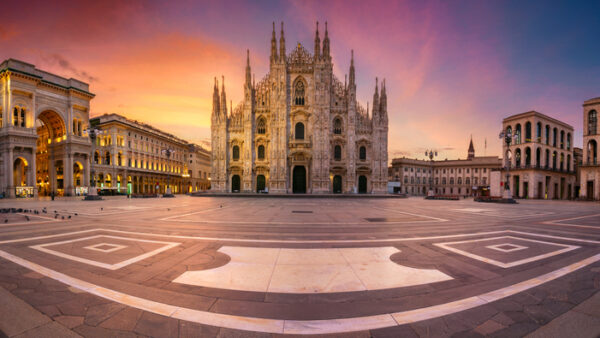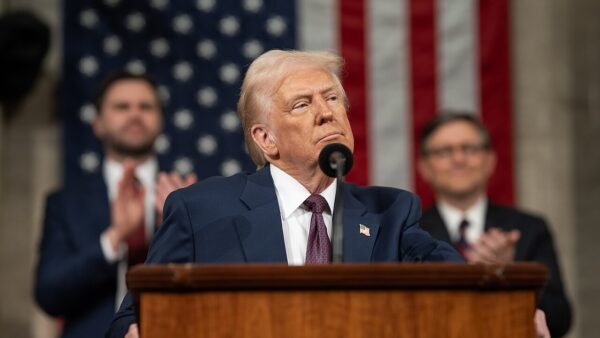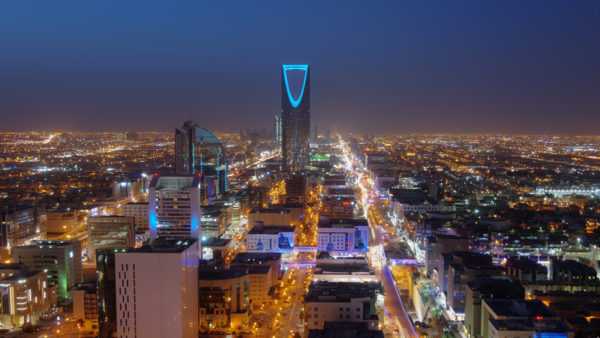19 March 2014
Civil engineering has shot to the top of India’s political agenda as a bold scheme to join rivers for irrigation, flood control and power generation gets underway. David Rogers reports.
India’s $140bn plan to connect 37 of its rivers by building a network of dams and canals has taken a step closer to realisation with the completion of the first phase in the northern state of Madhya Pradesh.
The Narmada-Kshipra link near Bhopal raises water from the River Narmada 350m and pipes it 49km to the River Kshipra.
The $75m scheme took 14 months to complete, and has brought civil engineering to the top of India’s political agenda.
The next three phases of the plan will connect the River Ganga to three others: the Gambhir, the Kalisindh and the Parvati.
The prime minister of Madhya Pradesh told Indian television, “When all phases of the project are complete, 3,000 villages and 72 towns will get drinking water and water to irrigate 1.6 million acres of land.”
The full river-linking scheme envisages the building of 31 canals with a total length of about 9,000km. The scheme was first proposed in 1972 as a way of equalising the flow of water across India.
The aim was to prevent floods in the north-east and droughts in the south and north-west of the country, generate hydroelectricity and provide water for drinking and irrigation.
However, the go-ahead was given 40 years later, in December 2012, thanks to an extraordinary intervention from India’s Supreme Court, which ordered the government to implement the scheme “in a time-bound manner” and appointed a committee to plan and implement it.
All schemes are due to be completed in 2016.

A satellite view of India showing the areas of abundant water in the south and north-east, and the drought-prone north-west
Since then the project has become an important factor in Indian politics, and has aroused opposition from environmental groups.
The nationalist BJP party made the scheme a large part of its political programme, whereas Rahul Ghandi, vice president of the rival Indian National Congress party, described it as “a disastrous idea … that will be extremely dangerous to the environment of the country”.
In a recent interview with India’s Business Today, the environmental activist and author Vandana Shiva said the linking scheme “has no hydrological or ecological soundness, and is just part of the corruption and construction package that has ruined India’s ecosystems.”
She went on: “The project involves 200 large reservoirs that will lead to mega displacement. This is a blind and mad rush to destruction of not one river valley, but all our rivers, and the entire subcontinent.”
She claimed that the scheme would saddle every Indian with a debt of $112.
The river linking scheme is divided into two main elements. One is the “Himalayan” project to link the Ganga and Brahmaputra rivers. This will involve building a series of dams along the two rivers to create reservoirs that would then be moved by canal to the west of the region.
It is estimated that this would irrigate about 220,000 square kilometres and generate about 30GW of electricity. It could also provide water to flush out silt at the port of Kolkata.
The second element is the “Peninsula” scheme that would send water from the east of India to the south and west. This would involve damming four rivers, linking them by canals and allowing surplus water to flow south for irrigation.
The rivers around Mumbai would also be dammed and linked to provide water for the city. Altogether, the the Peninsular element would irrigate 130,000 square kilometres and generate 4GW.






